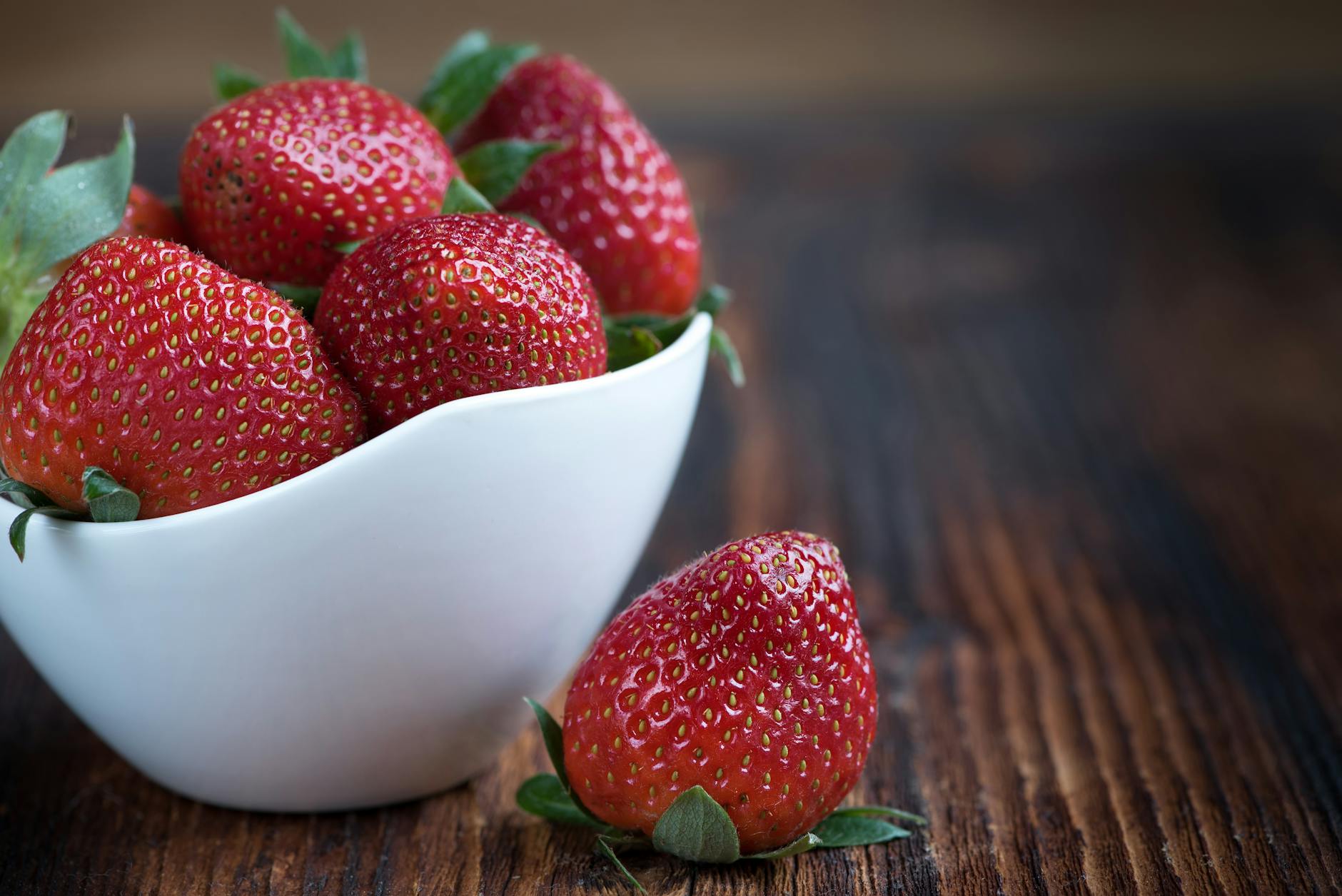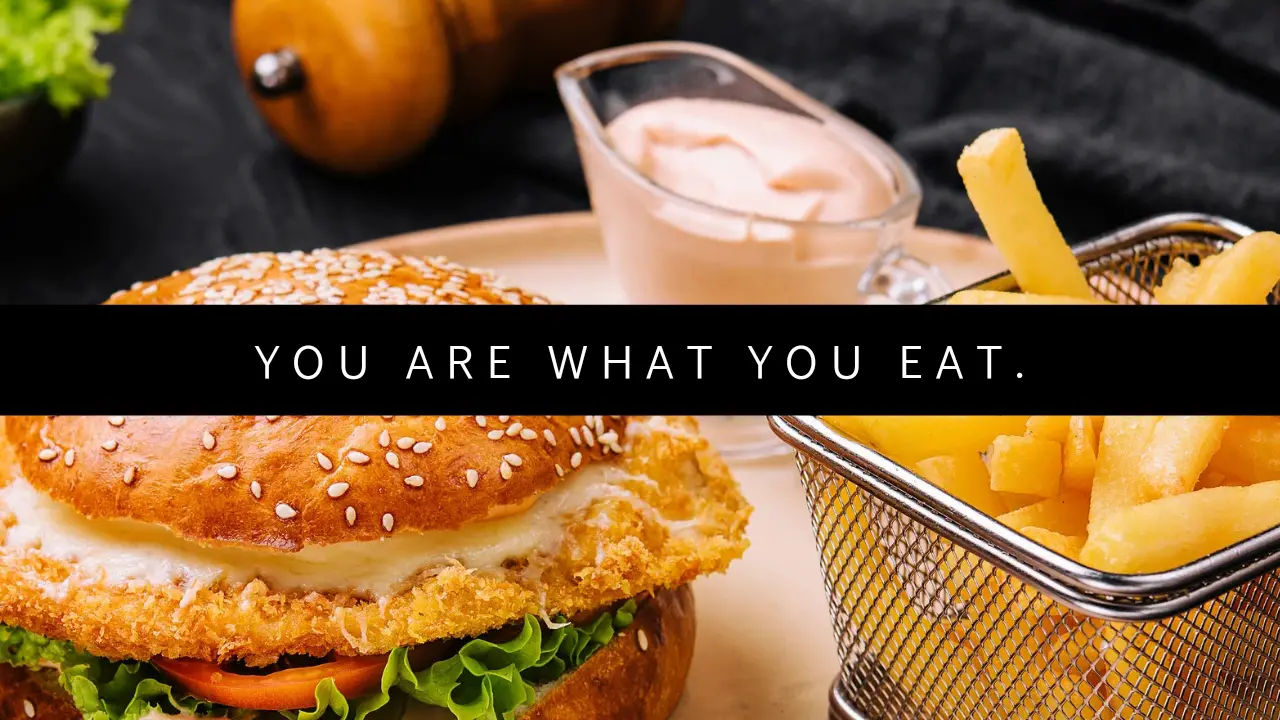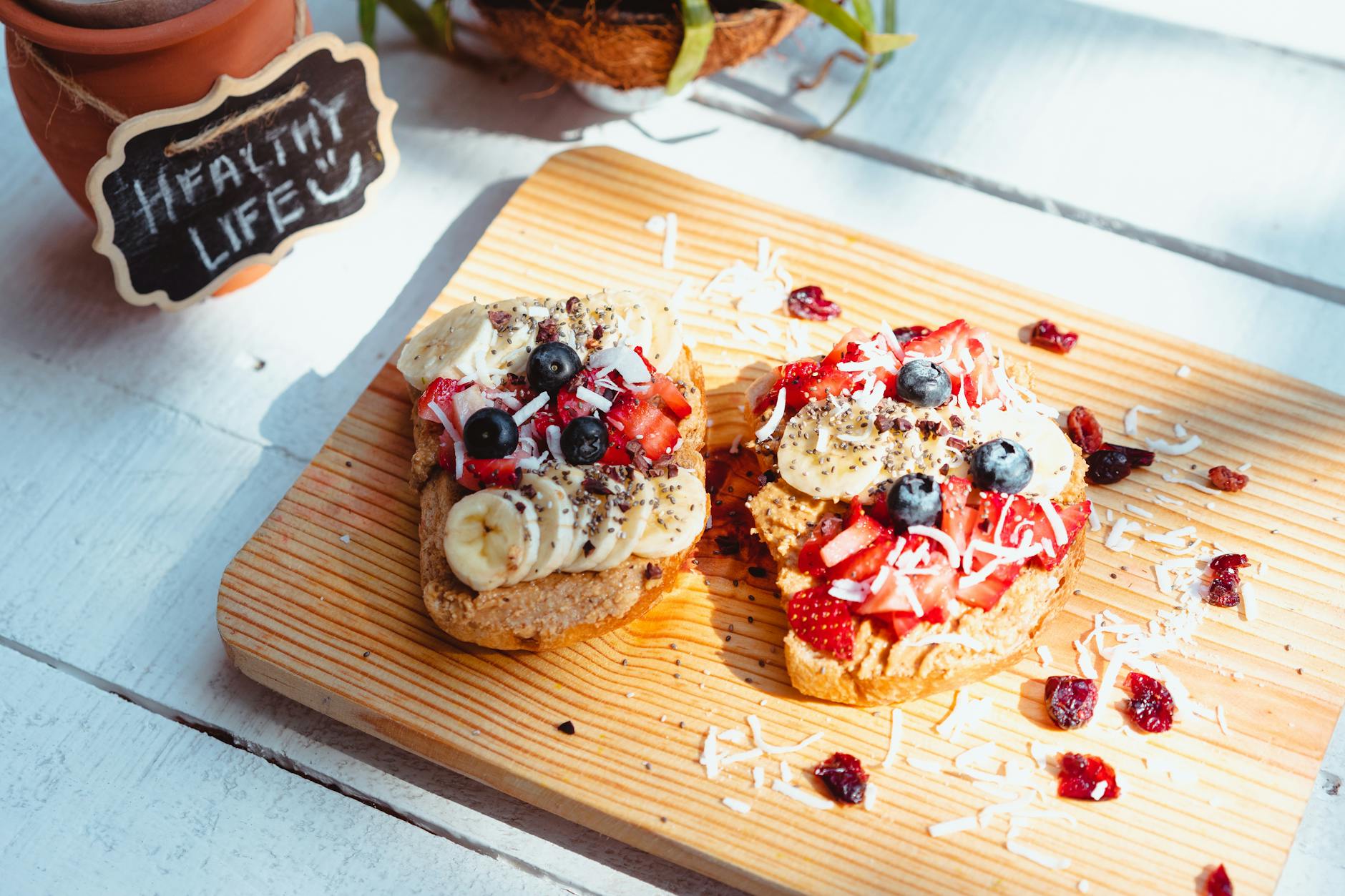There have been so many controversial issues as far as portion control is concerned. Researchers believe that portion control alone can help you lose weight quite faster than you’d imagine, and even manage lifetime conditions like Type 1 and Type 2 Diabetes! Portion control is the easiest way to stay on track in a weight loss journey, especially when you are looking for substantial, long-lasting results. This is compared to other methods like calorie counting.
These two methods are the most used;
- The hand-size portion guide.
- The plate model.
The Hand Size Portion Guide
The hand-size portion guide is indeed a helpful and practical approach to managing one’s diet, especially for individuals concerned about diabetes and weight management. Breaking down meals into portions based on hand sizes provides a tangible and easily understandable way to control portion sizes without the need for complex measurements or counting calories.
By emphasizing the importance of portion control for carbohydrates, proteins, vegetables, and fats, this guide addresses key dietary concerns for both diabetes management and weight loss. It encourages a balanced intake of nutrients while also highlighting the potential risks associated with excessive consumption of certain food groups, such as carbohydrates and fats.
The clenched fist
Your fist indicates the portion for carbohydrates. Carbohydrates are our body’s first source of energy.
We get carbohydrates from many types of foods including potatoes, rice, maize meal, wheat products, cassava, and many others.
This helps you cut down on how much Carbohydrates you will have on your plate. For a person living with diabetes and for weight loss, this will help a great deal.
This is very helpful, unlike just putting food on your plate without so much calorie consideration.
For diabetes, Carbohydrates pose a very huge risk of hyperglycemia, especially when taken in large quantities. That is why portion control helps a lot, In preventing sudden spikes in blood glucose levels.
For weight loss, Carbohydrates again are of concern, because their breakdown leads to a build-up of fat, especially when there’s an excess.
The palm
The palm section of your hands is the portion of proteins. Proteins are important for the building and repair of body tissues and organs.
We get proteins from plants or animals, like beans, green grams, lentils, peas, beef, pork chicken, and so on.
For healthy living, we need to eat proteins almost in all our meals, and this is a very simple way to illustrate just how much you need to put on your plate.
Animal source proteins may contain visible saturated fats, even in the skin of chicken meat. It’s recommended that all visible fat be removed, to reduce the intake of saturated fats. This also includes removing the skin from the chicken.
Plant-source proteins contain enough fibre, phytochemicals, minerals, and vitamins that make them very nutritious. Fibre is crucial in aiding digestion and preventing constipation.
Two hands.
Your two cupped hands placed together are the portions for vegetables. Vegetables are very important as they contain just enough vitamins to help you boost your immunity and fight against most diseases.
Eating a variety of vegetables, including vegetables of different colours ensure you get optimal amounts of vitamins and minerals. Cabbage, spinach, Sukuma, and kienyeji vegetables, are all nutritious and contain different kinds of vitamins in different proportions.
The fibre in vegetables is important for digestion and also helps a great deal in helping people living with diabetes in managing their blood glucose levels, and keep them in normal ranges at all times.
Generally, vegetables are good for the heart. And the two hands actually look like you are receiving blessings.
The thumb.
The tip of your thumb illustrates the portion size for fats. Just to show how less of fat you need.
Fats provide the most calories compared to carbohydrates and proteins. 1 gram of fat provides 9 calories, and 1 gram of proteins and carbohydrates provides 4 calories.
This simply means that when you eat so much fat, there’s a higher chance of weight gain, and it’s not good for the heart at all.
Animal proteins contain fats, and most fat we actually consume through poor choice of cooking methods. Like deep-fried food, sausages, bacon, fries, and so on.
To reduce the intake of fat to skim off any visible fat, cook with small amounts of unsaturated fat.
There are two types of fat;
Saturated fats.
Unsaturated fats.
Saturated fats are fats whose primary source is animals, like pork and beef, and also from high-fat dairy products like butter and cheese.
Unsaturated fats are what researchers term the healthy kind of fats, why? Because most of it is sourced from seeds, for example, sunflower oil, nuts like peanuts, fruits like avocado, and generally from plants. These types of fats, do not increase your risk of cardiovascular diseases and that is why they are recommended.
The hand-size portion guide is a very simple illustration, it may not be 100% but it is surely very helpful for weight management and even the management of diabetes.
The clenched fist is also the portion size for fruits.
Discover more from Simple Nutrition
Subscribe to get the latest posts sent to your email.


